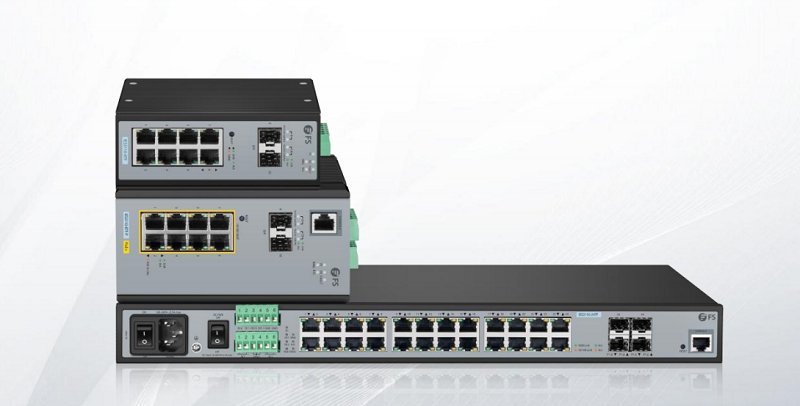Industrial PoE (Power over Ethernet) switches have become an increasingly popular networking solution due to their cost-effectiveness, reliability and flexibility. But with so many different types of PoE switches on the market, it can be hard to know which one is right for your business. Two of the most common types are Layer 2 and Layer 3 industrial PoE switches. Both offer advanced features such as data prioritization, traffic segmentation and remote control. In this blog post, we’ll discuss the differences between the two so that you can make an informed decision on which type of switch is right for your business.
Layer 2 vs Layer 3
Layer 2 vs Layer 3 switches are two different types of switches that are used in computer networking. Each has its own advantages and disadvantages that make it suitable for different types of networks.
Layer 2 switches work at the data link layer of the OSI model, meaning they can handle data switching between devices on the same network. This makes them ideal for small networks or for connecting devices that don’t need to communicate with devices on other networks. However, because they only work at the data link layer, they can’t route traffic between different networks.
Layer 3 switches work at the network layer of the OSI model, meaning they can handle data routing between different networks. This makes them ideal for larger networks or for connecting devices that need to communicate with devices on other networks. However, because they work at the network layer, they require more processing power and memory than Layer 2 switches and can be more expensive.
What is an industrial PoE switch?
An industrial PoE switch is a type of network switch that is designed to be used in industrial settings. These switches are typically ruggedized and have features that make them resistant to shock, vibration, and extreme temperatures. Industrial PoE switches also often have redundant power inputs and other fail-safes to ensure that they can continue operating even if one power source fails.
The benefits of an industrial PoE switch
An industrial PoE switch can offer many benefits for businesses, including:
-Reduced installation and maintenance costs: PoE switches can be installed in a fraction of the time and cost of traditional Ethernet switches.
-Increased reliability and uptime: PoE switches are designed for harsh industrial environments and can offer increased reliability and uptime.
-Better network performance: PoE switches can offer better network performance by providing power to devices over the Ethernet cable, eliminating the need for separate power cables.
-Improved security: PoE switches can offer improved security by providing power to devices over the Ethernet cable, eliminating the need for separate power cables.
The difference between layer 2 and layer 3 switches
Layer 2 switches work at the data link layer (OSI Layer 2) and are used to process Ethernet frames, whereas layer 3 switches work at the network layer (OSI Layer 3) and are used to process IP packets. Layer 2 switches forward frames based on MAC addresses, while layer 3 switches forward packets based on IP addresses.
Conclusion
In conclusion, Layer 2 and Layer 3 industrial PoE switches are two distinct types of network switches that offer different features depending on their use. While layer 2 switches focus on data Link layer protocols to provide access control between nodes connected to a physical medium such as Ethernet or Wi-Fi, layer 3 switches offer more functionality with additional routing capabilities and quality of service parameters. This article has hopefully helped you understand the differences between these two types of industrial PoE switches so you can decide which one is right for your application.

